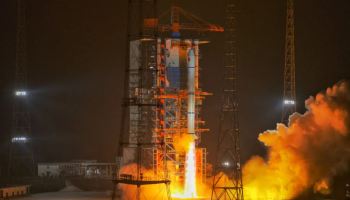omaebakabaka
Senior Member
- Joined
- Aug 29, 2020
- Messages
- 4,945
- Likes
- 13,833
Not a bad idea as long as orientation is precise with in tolerance or the catching mechanism also has maneuverability to align with rocket orientation otherwise entanglement could be an issue,,,,my bad it seems to have some adjustments on the trapperno landing legs & no chopsticks
View attachment 244172


